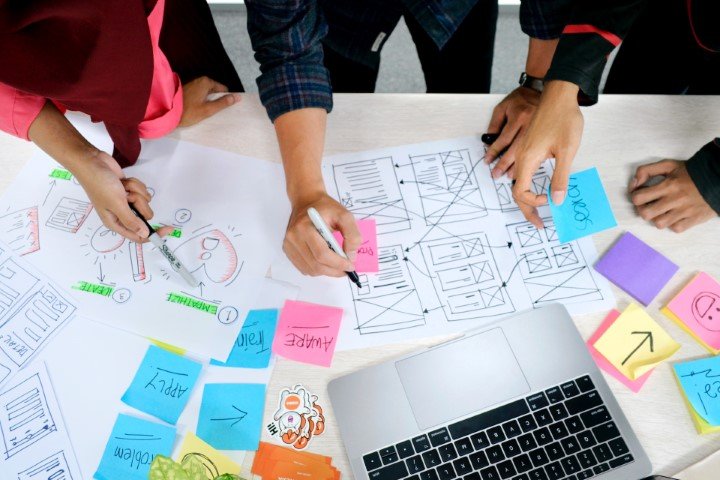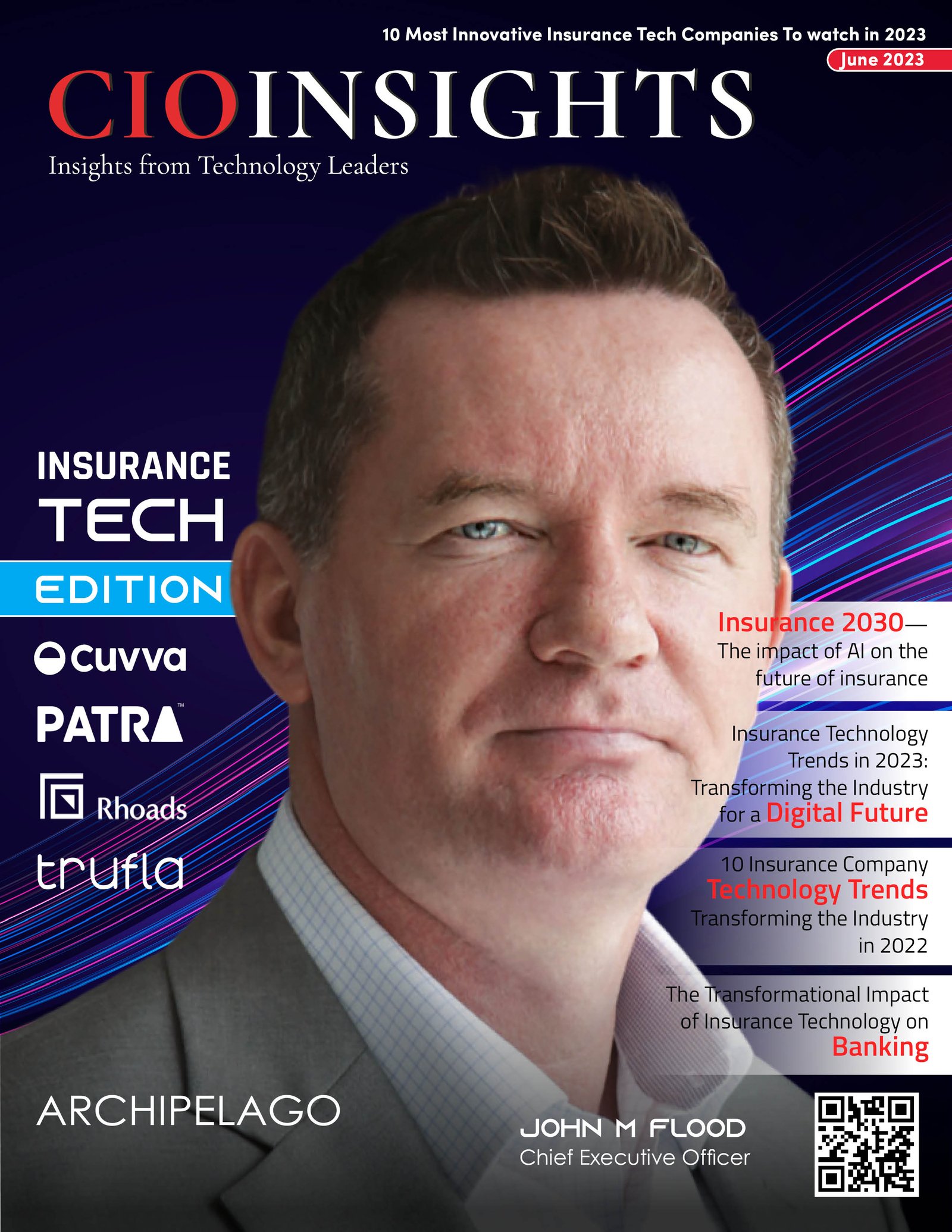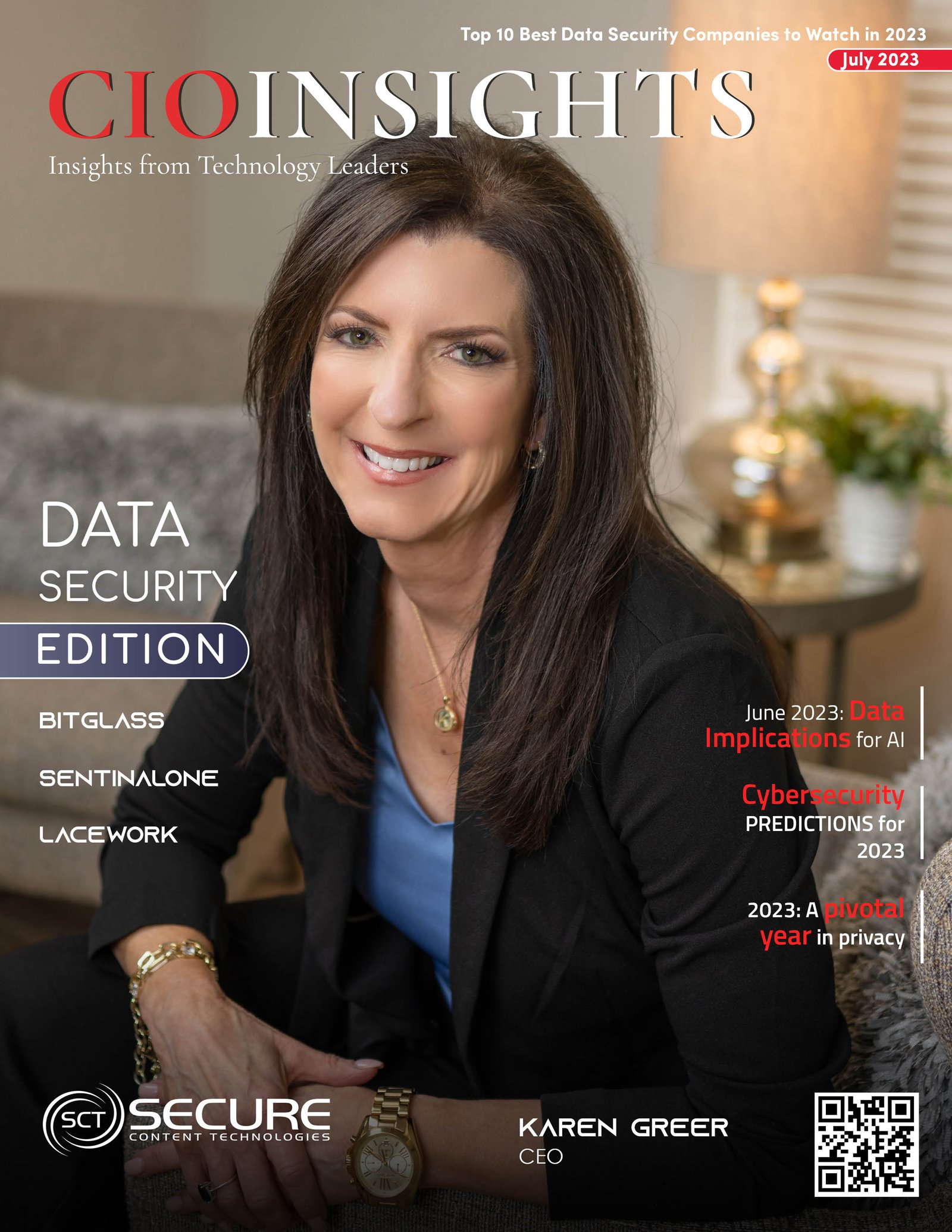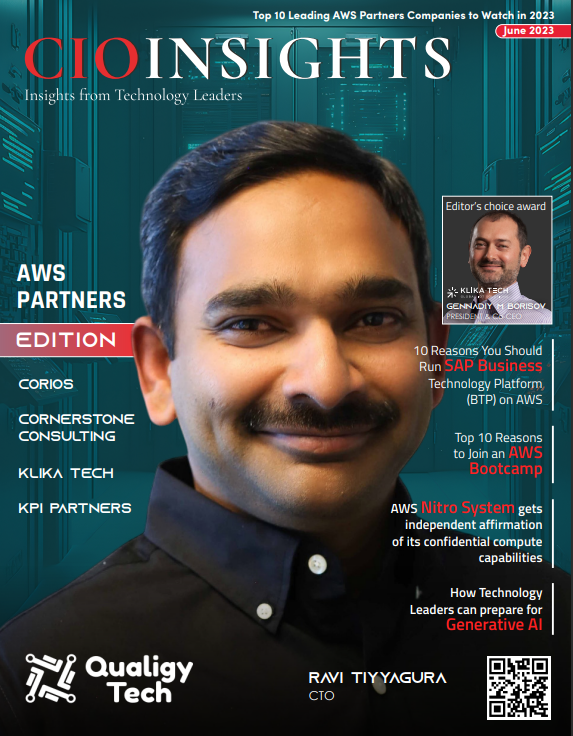Time to Personalize the Entire Customer Experience

For too long, businesses have been stuck at the surface level of personalization, adding a customer’s name to a marketing message, or reminding them of a product they’ve bought in the past. But while this sort of personalization is certainly better than nothing, a business that limits itself in this way is missing out on a wide range of potential benefits.
Personalization that is geared simply toward selling more, by appearing to be familiar, misses out on opportunities to build meaningful connections by engaging each customer with a unique, end-to-end customer experience. And such engagement should include all customer touchpoints, not just the top of the sales funnel. Research shows consumers are more likely to buy more, more often, from companies that consistently personalize their experiences.
Defining a Truly Personalized Customer Experience
Personalizing the customer experience means treating the customer as a unique and different individual. It means knowing who they are, when possible, every time they interact with your company — in online or offline channels. It’s meeting them wherever they are on their journeys. It means understanding why they’re interacting with your business and predicting the next-best action for serving their needs in real time. It’s answering their questions and knowing what they need or want — even before they ask.
More than that, true personalization will be based in some measure on a kind of feedback loop with the customer: the customer interacts in some way to specify how they want to be served, and then your company acts on that feedback and fashions the customer experience around it. This goes way beyond the simple act of promoting and selling, because the process of interacting with an individual customer blurs the line between the customer-facing functions of sales, marketing, service, and customer care.
But in the quest for true personalization, companies still have a long way to go.
Organizational silos, lack of consolidated data records and analytics capabilities, a culture oriented around product value rather than customer value, and (above all) the misalignment of business functions, incentives, and technologies – all these problems create clunky experiences, during which customers feel as if they’re simply not being listened to.
But there’s a major transformation underway, with digitalization and AI leaping to the rescue, bringing faster and deeper customer insights. And this transformation is supporting an inevitable shift, away from reactive customer service and care, toward proactive customer engagement, as more and more businesses realize how they can intelligently orchestrate individual customer interactions to create customized, appealing customer experiences, from end to end.
Moreover, automation and AI technologies can improve the top and bottom lines at the same time. For example, machine learning algorithms can not only predict a unique customer’s future behavior, such as their likely pattern of spending after a complaint was satisfactorily resolved, but also drive down the cost to serve.
The Personalization End Game – An Impregnable Competitive Advantage
In the final analysis, however, true personalization involves the customer “teaching” you how they want to be served, through some interaction, individual behavior, or choice that you are privy to. And this is knowledge that only you have. Your competitors are not privy to this insight, and cannot gain this insight unless the customer first goes to the trouble of teaching them.
So this sort of personalization – experience personalization – offers a powerful competitive advantage if you use it to create what Martha Rogers and I call a “learning relationship.” Each time a customer interacts with you, you learn from the interaction and apply that learning to your own future behavior with that customer. And your relationship with the customer gets smarter still.
Do you want to keep your customers forever? You can make significant progress toward this goal by personalizing each customer’s entire, end-to-end customer experience.





